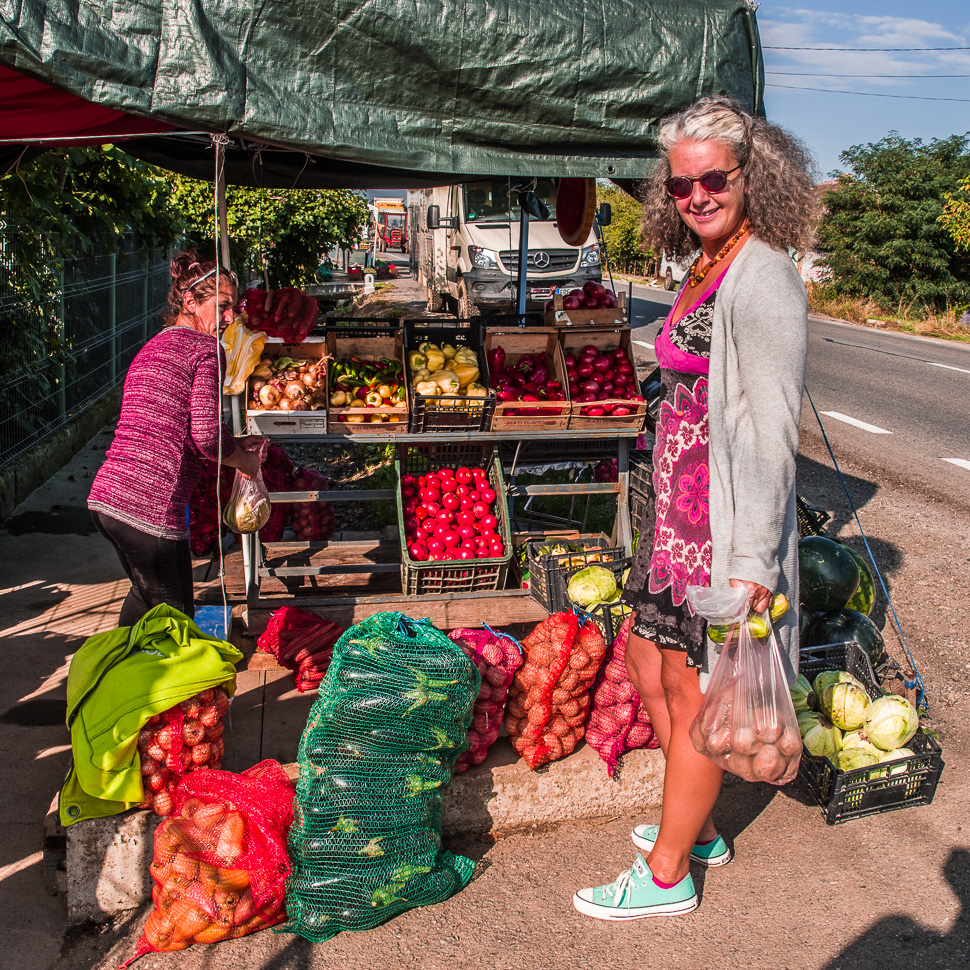
Finally, our trip to Georgia had started and we were travelling again. Coming from Austria and northern Hungary, we had reached Romania and the Maramureș, a geographic region in the northeastern Carpathians. It is famous for its well-preserved wooden villages and churches, its traditional lifestyle, and the local colourful dresses still in use.
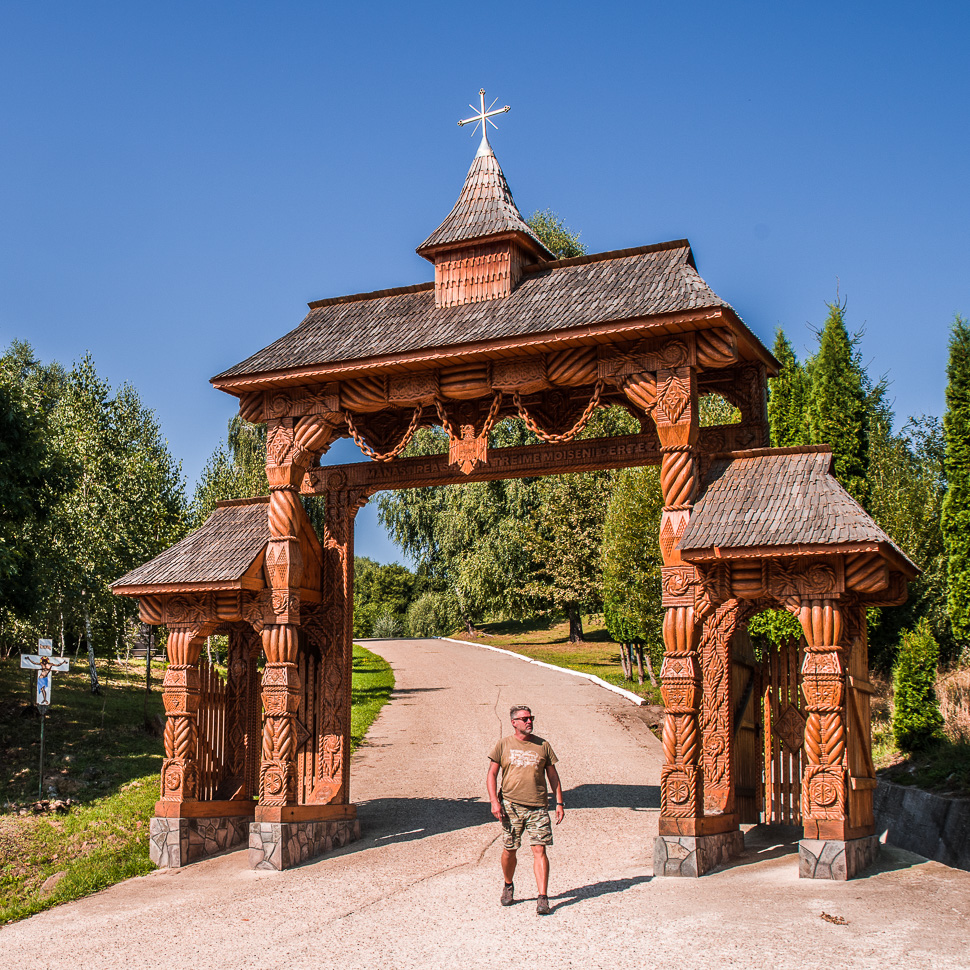
We came past the monastery Huta, which was built in 2006. We were surprised that there are new monasteries and churches built, as we saw later a lot more new ones or others still in construction. The Romanian-Orthodox church is quite wealthy, but this new constructions are also financed by donations and the government, it seems.
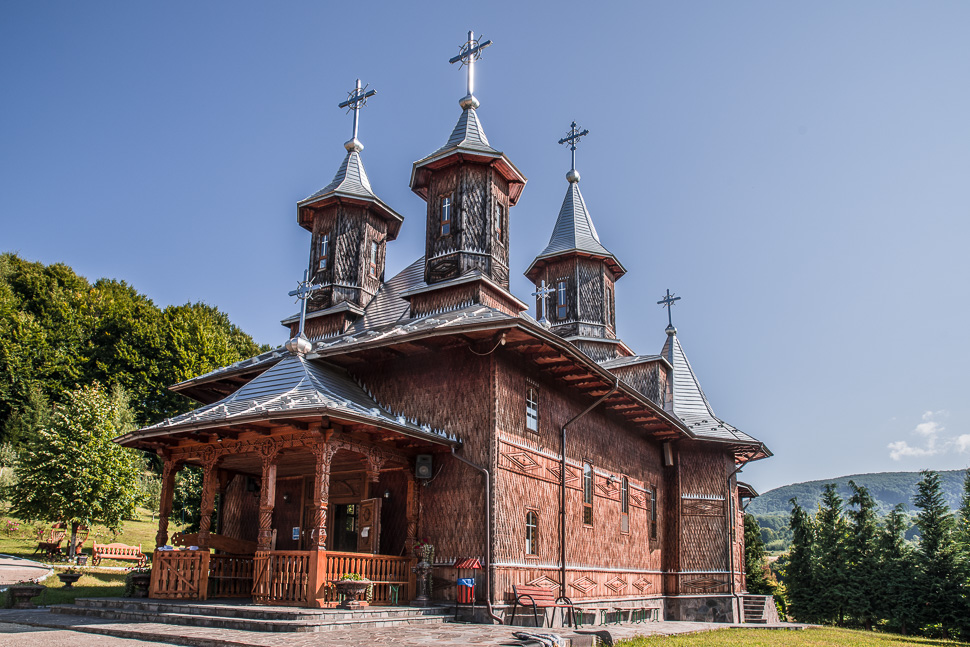
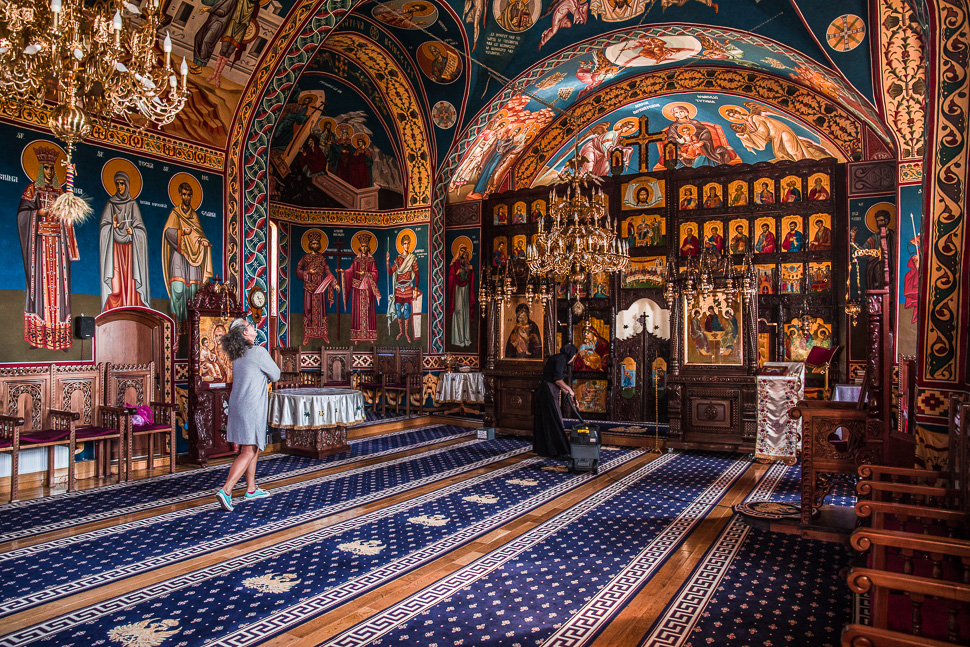
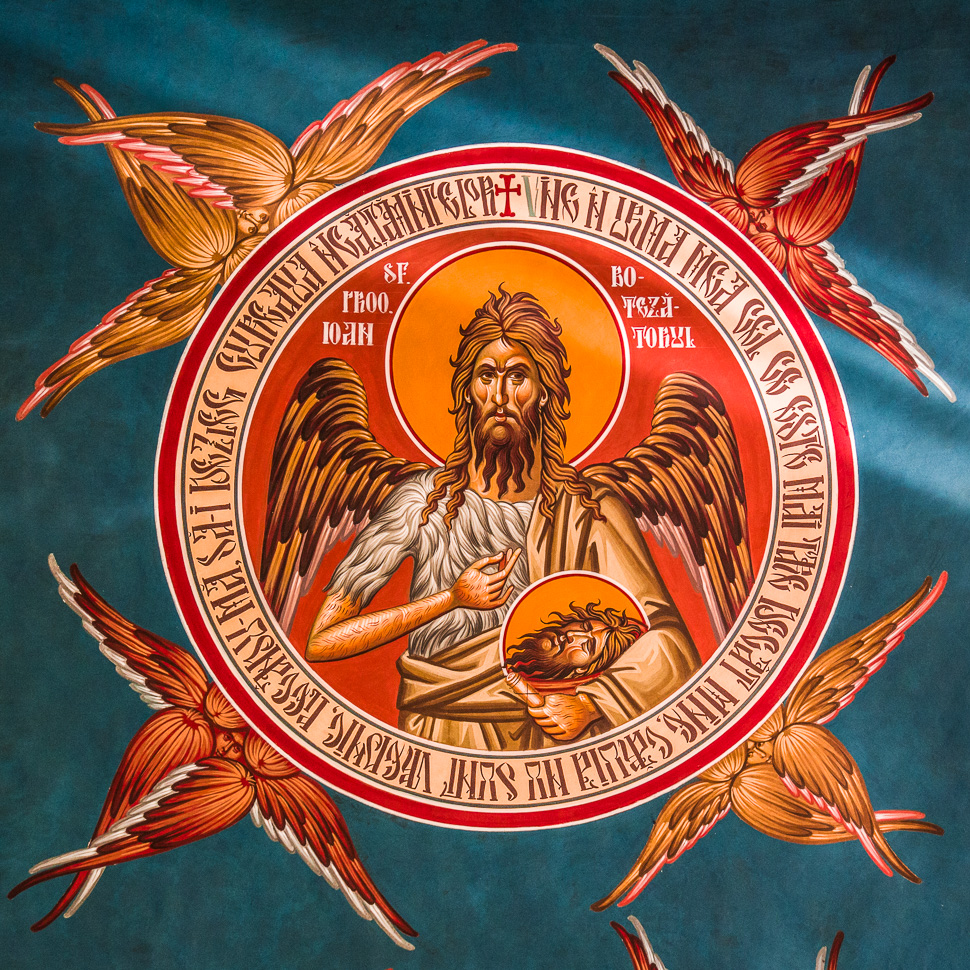
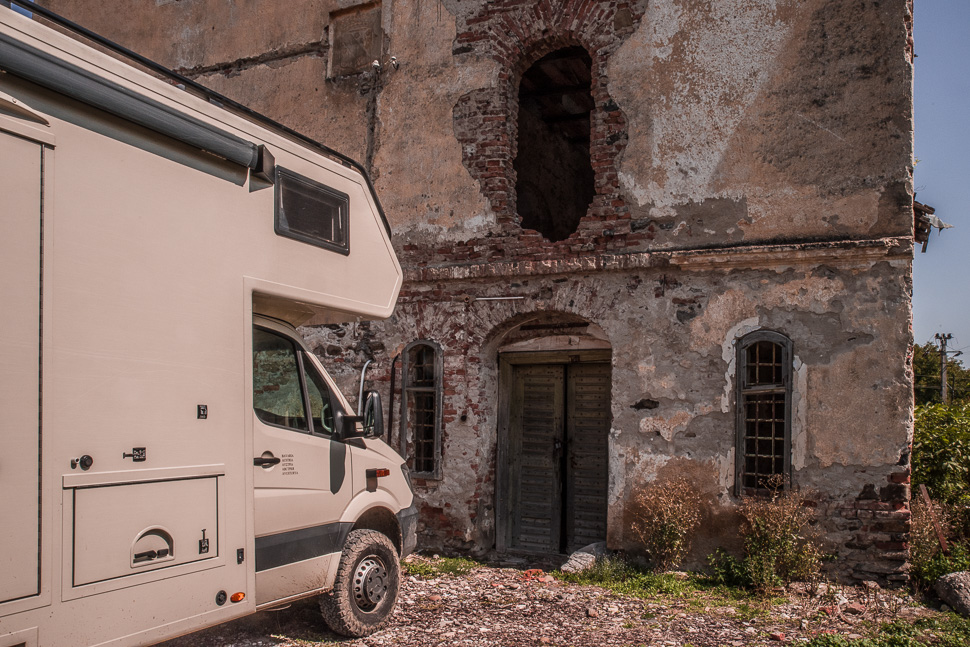
Săpânța lies close to the border to Ukraine and is famous for its Merry Cemetery. Brightly coloured tombstones with naïve paintings are describing, in an original and poetic manner, the people who are buried here. It is a major tourist attraction with a lot of stalls in the surrounding of the cemetery.
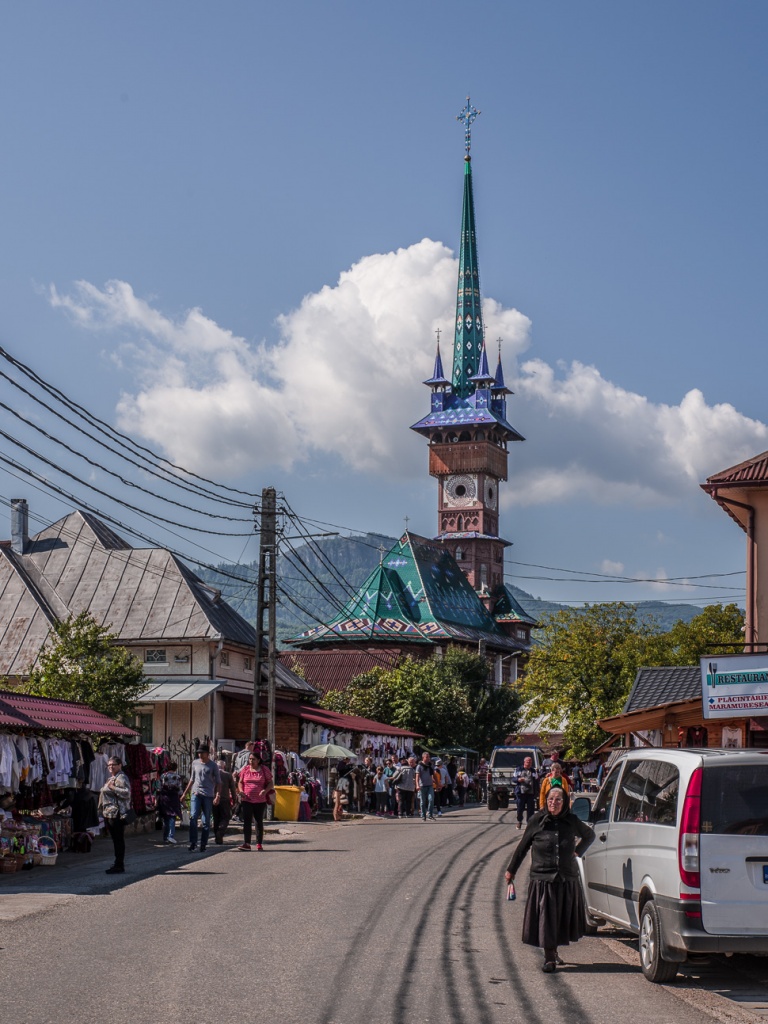
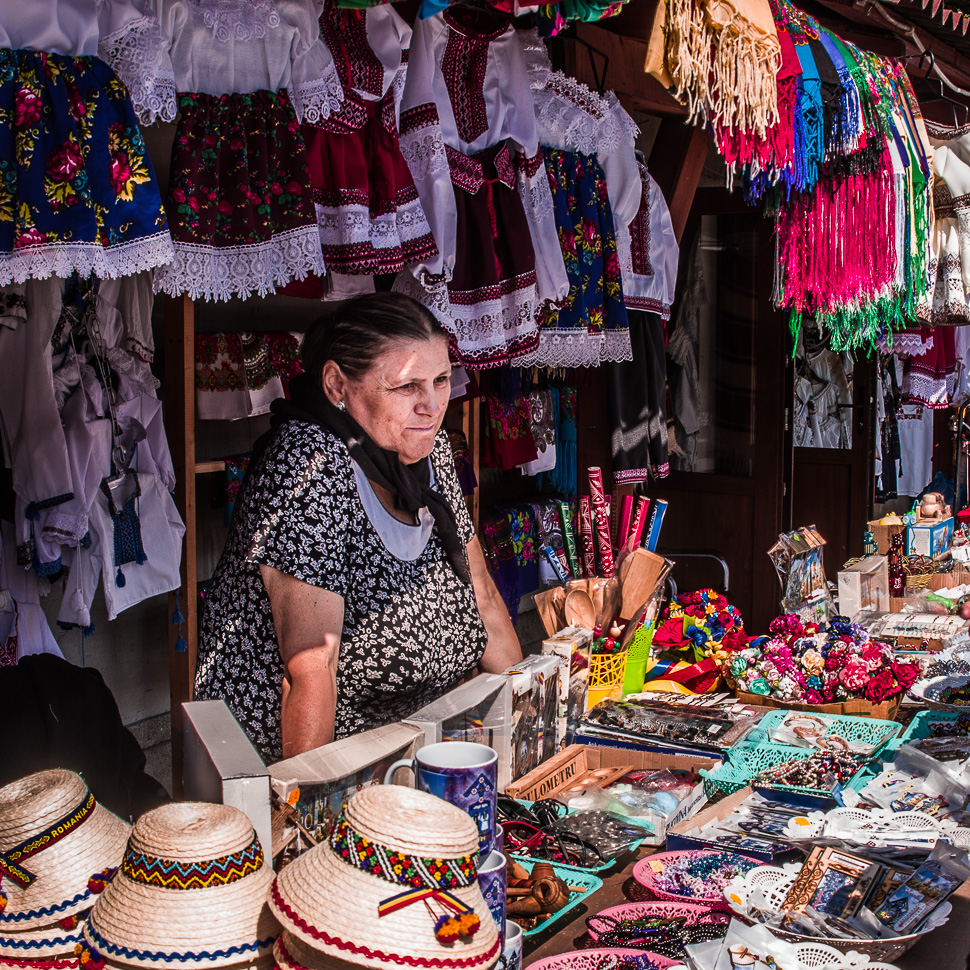
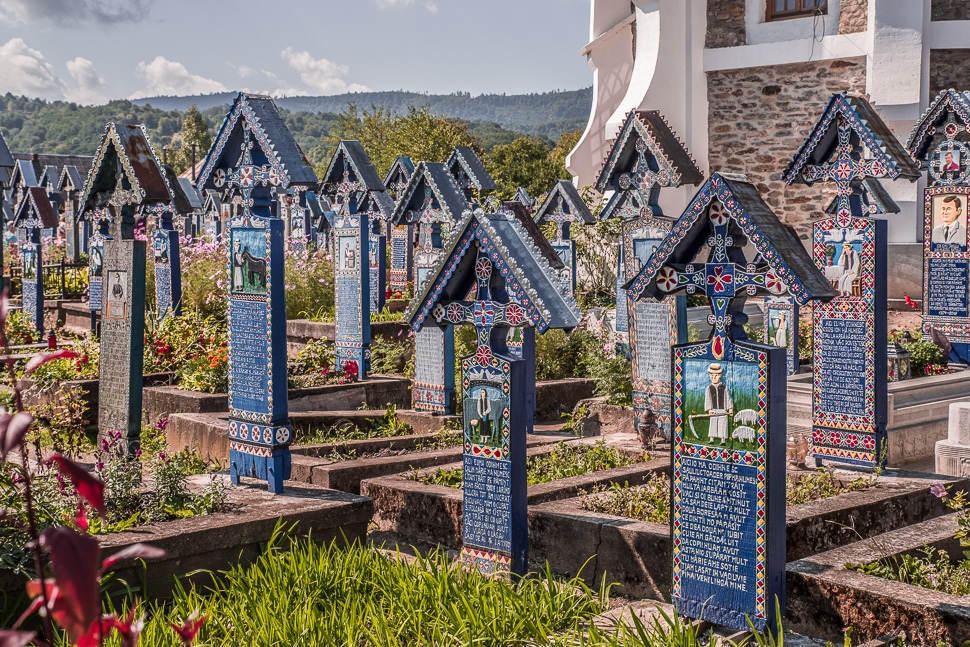
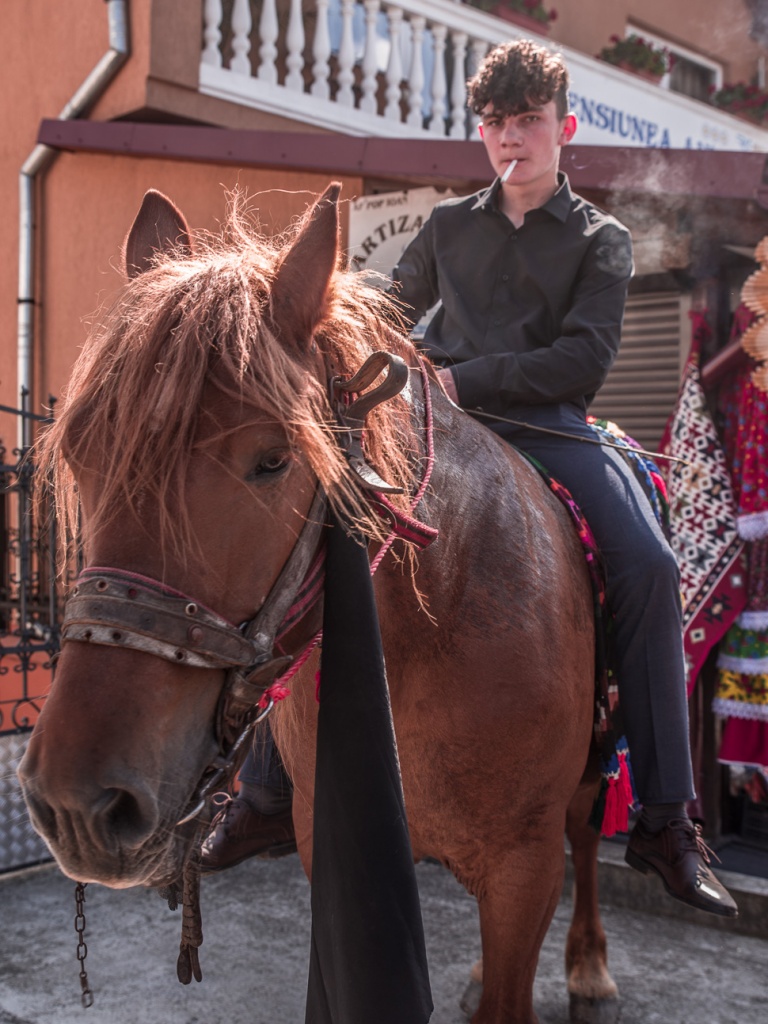
A funeral was taking place and young men on horses and musicians were accompanying the procession.
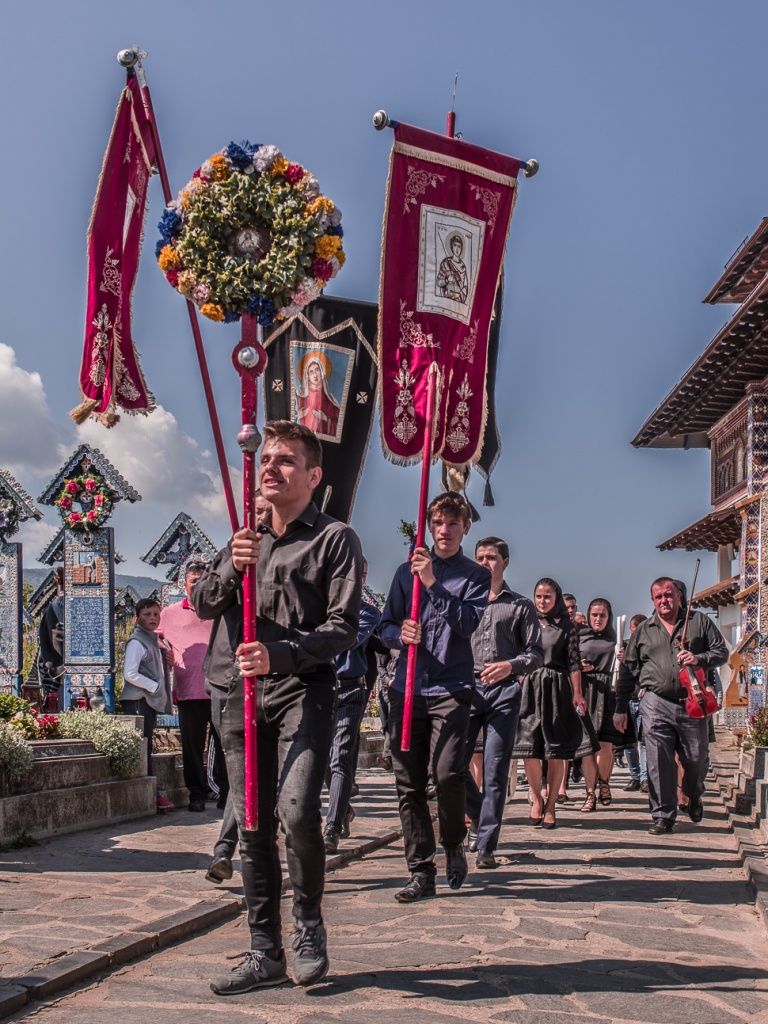
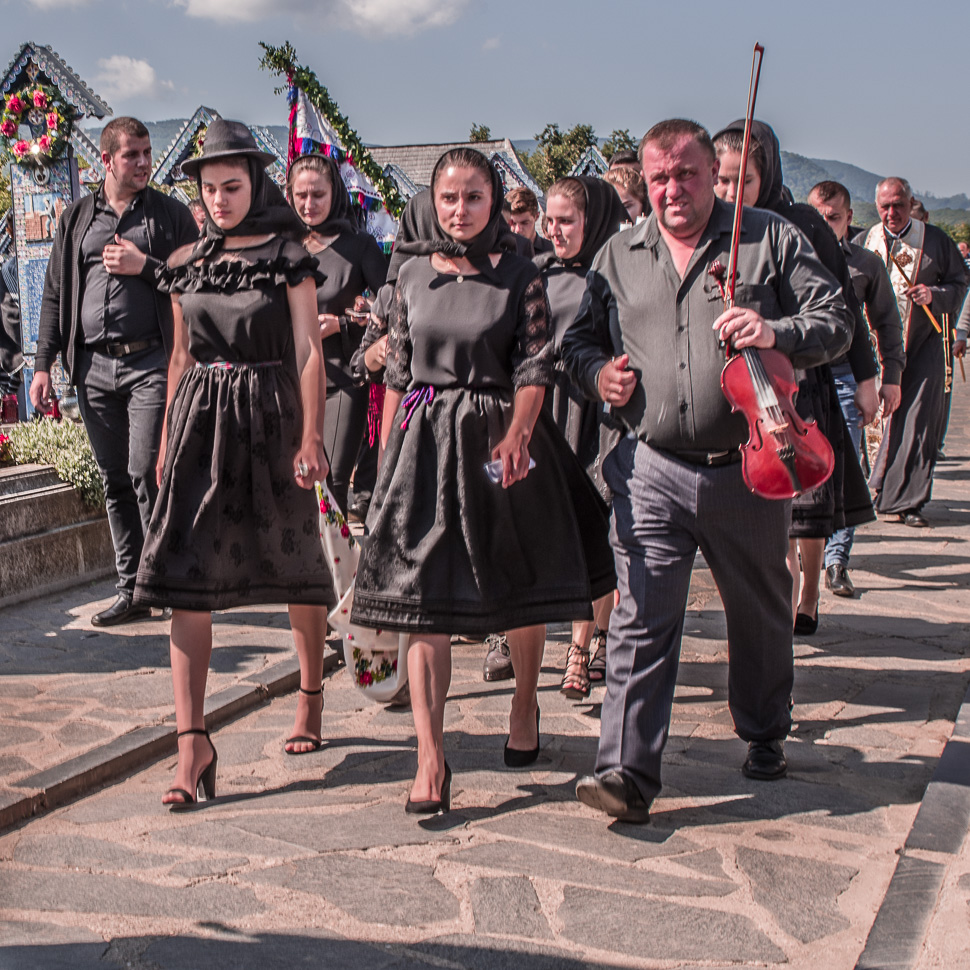
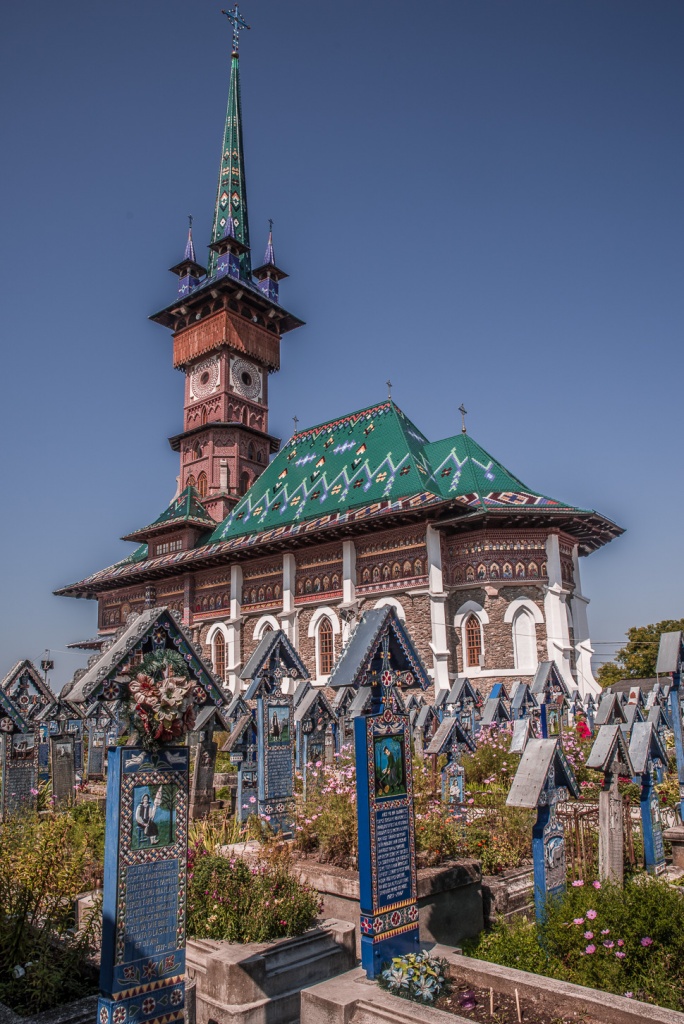
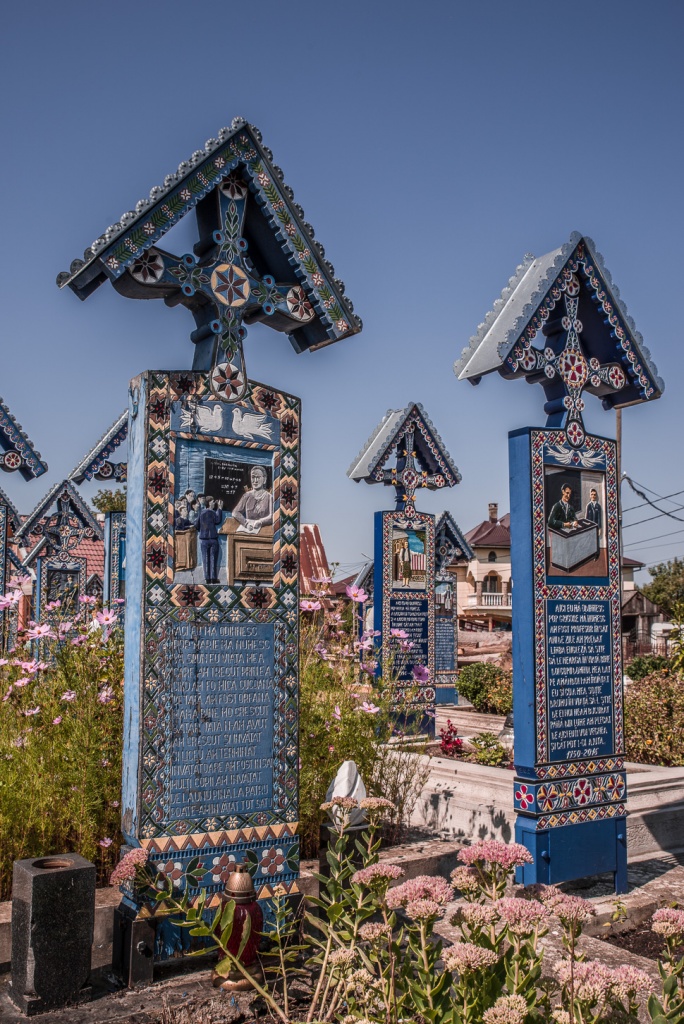
North of the village lies the Peri monastery. Its church was built from 1997 to 2003, it is said to be the highest wooden church in Europe at 75 m.
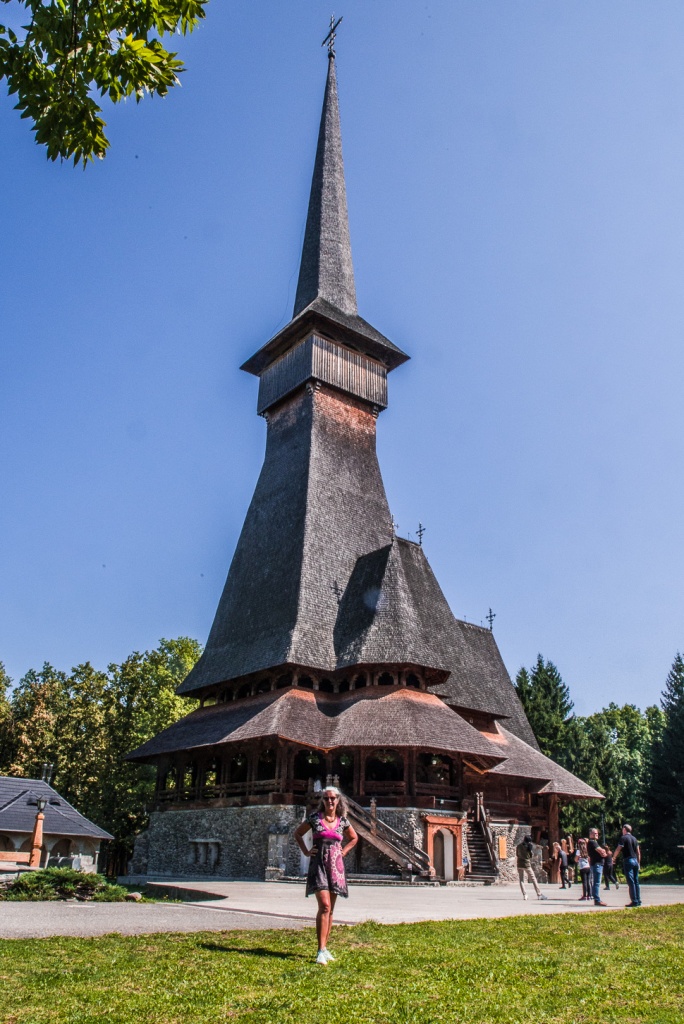
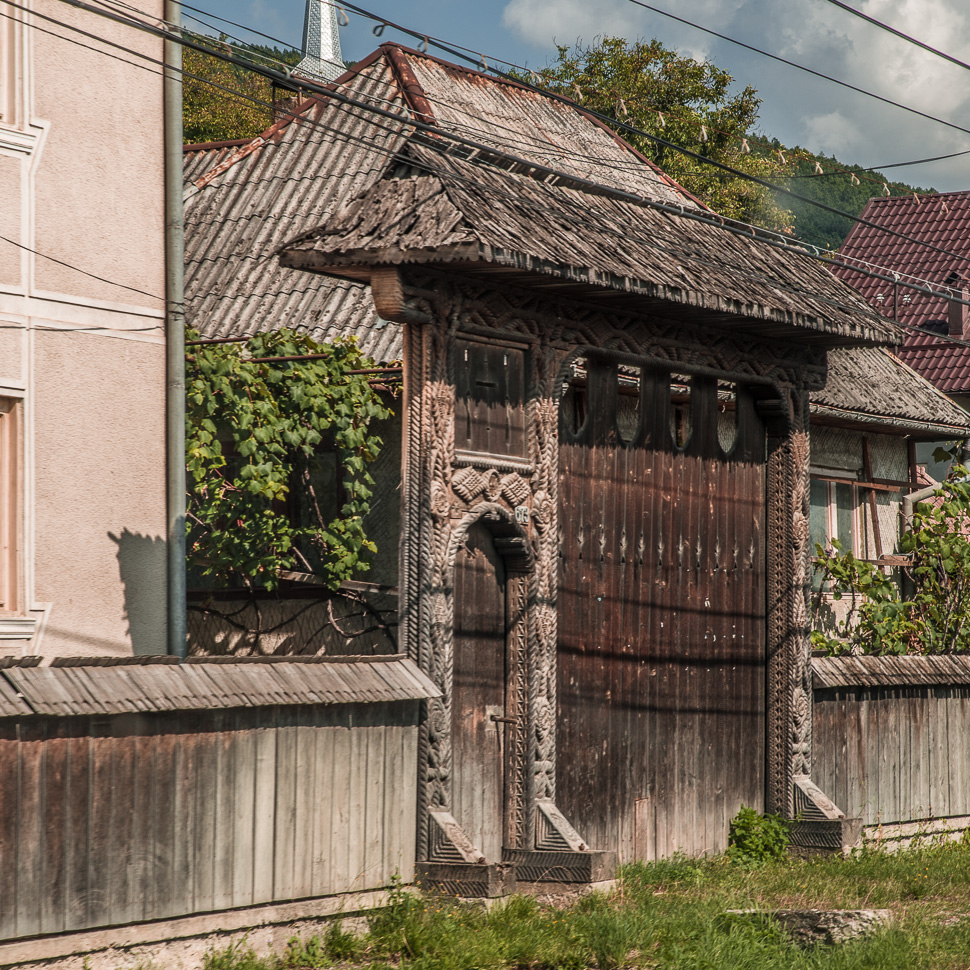
The Maramureș is famous for its wooden houses, fences and beautiful carved entrance gates. We saw a lot of them while crossing this region. It is a tradition which hasn’t died, as we saw many new ones too. Often the house wasn’t finished yet, but the intricate carved gate was already erected.
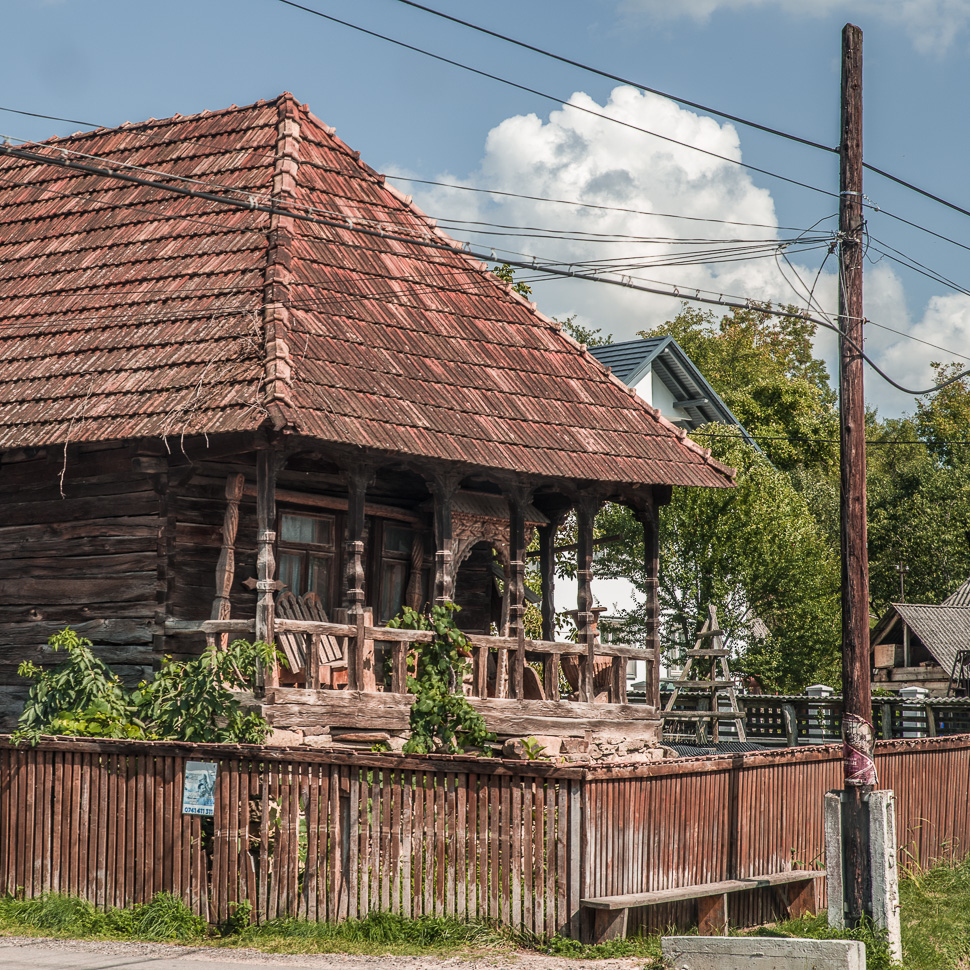
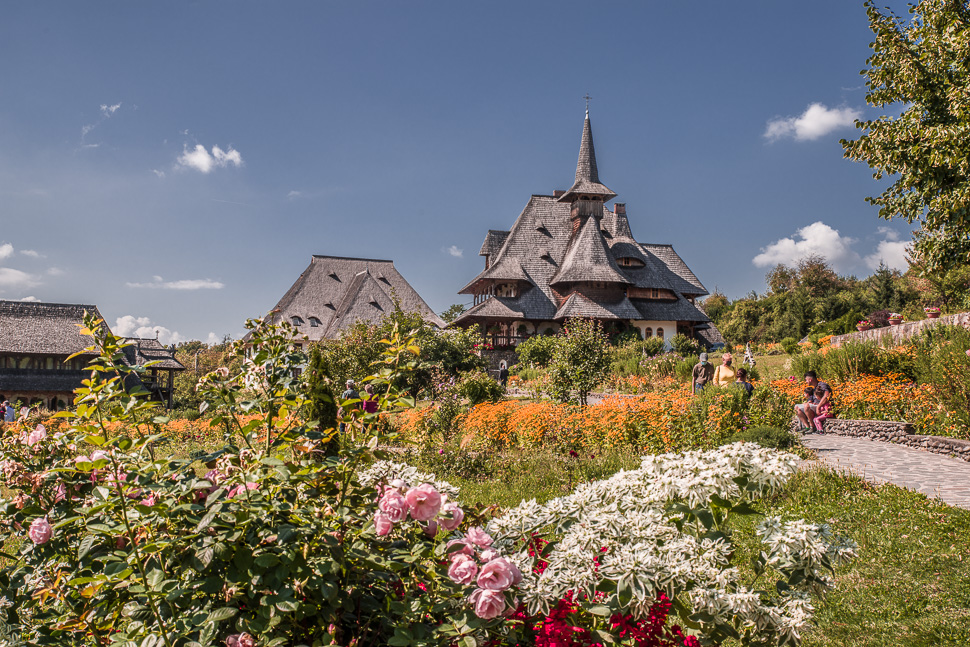
The Bârsana monastery, today a Romanian Orthodox nunnery, was first mentioned in 1390, but abandoned and demolished around 1800. The buildings on the site today have been constructed since 1993, using the traditional timber construction method.
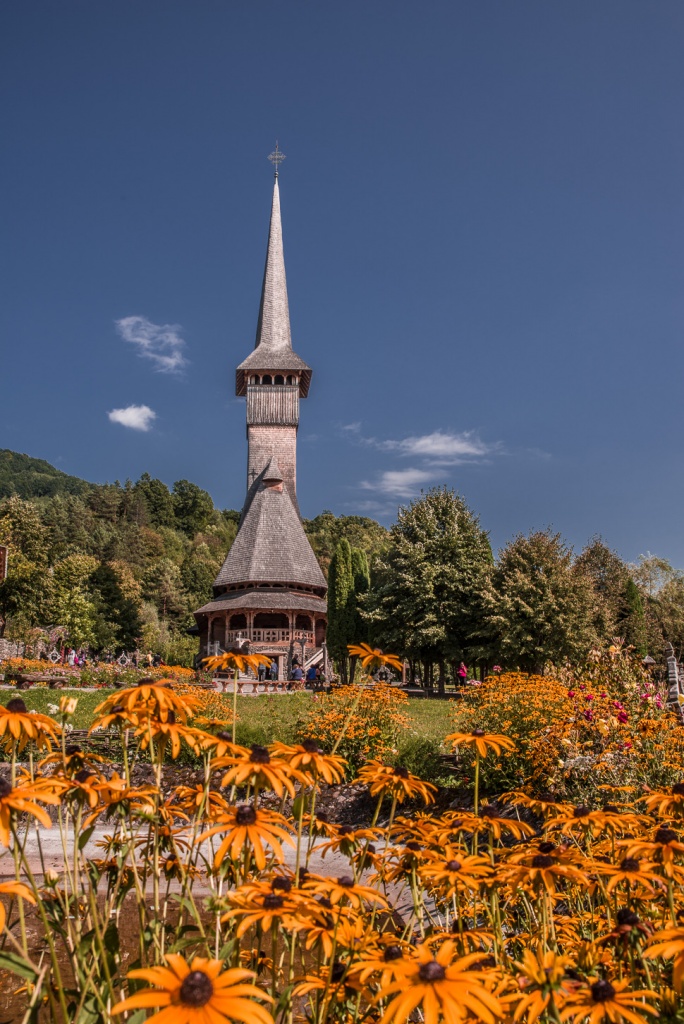
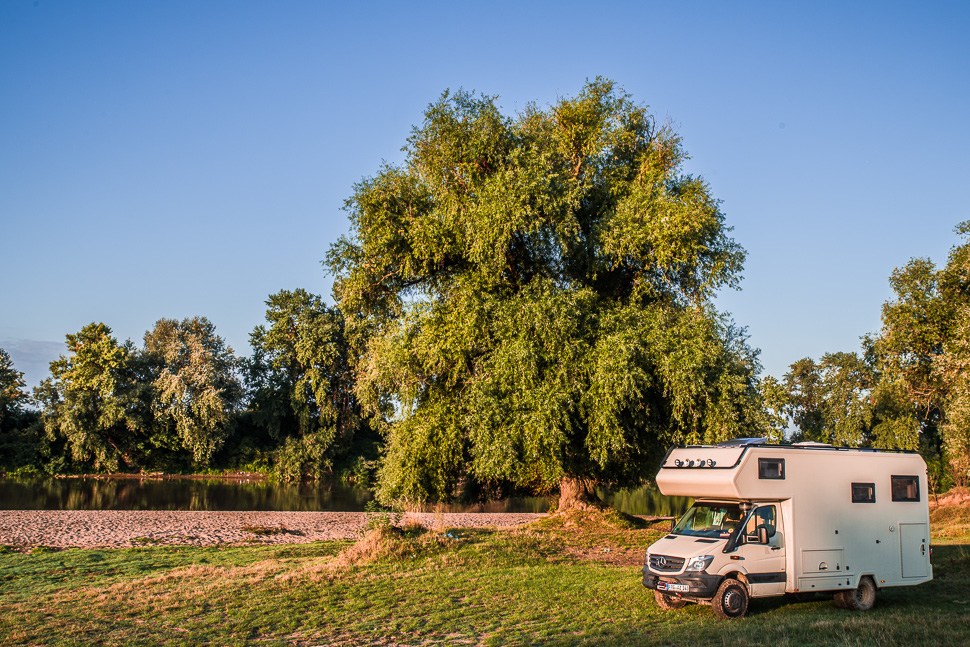
We will now cross the Carpathians and soon reach the region of Bukovina. More on our next post!

Pingback: Travel Route 2021 – we travel